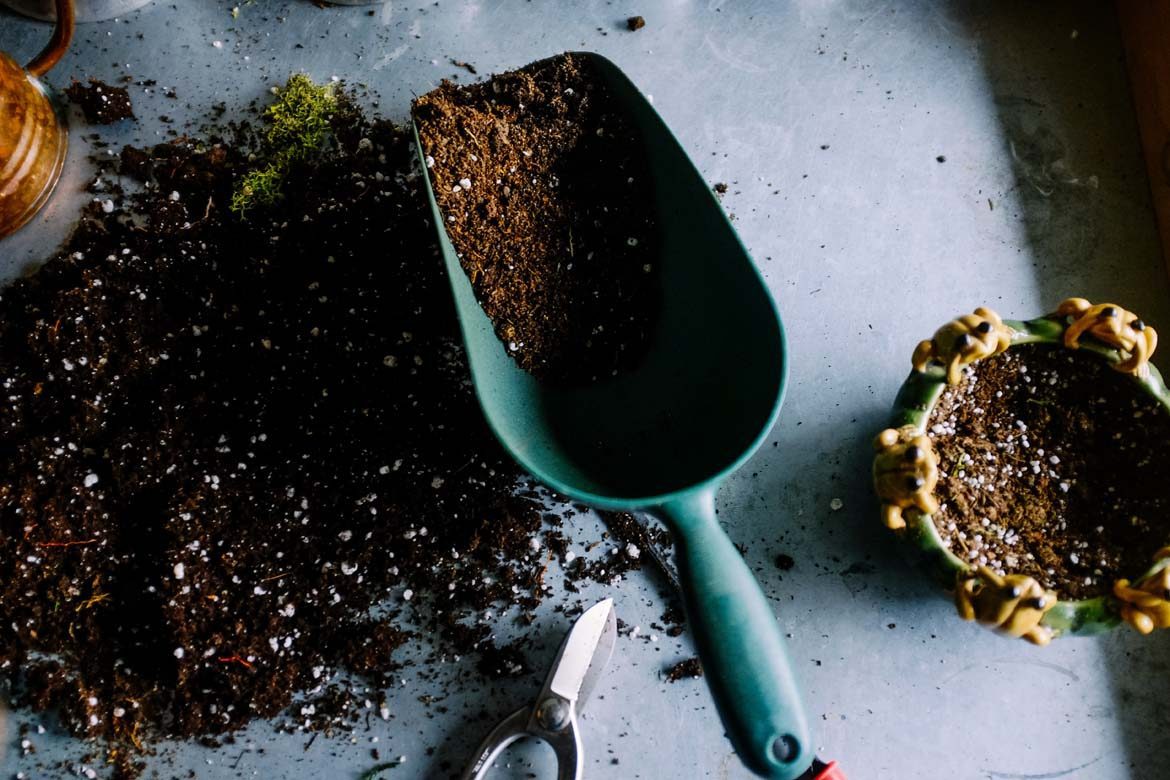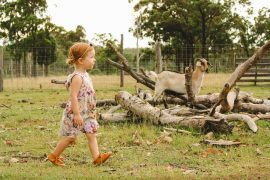By Becky Cashman
Every year, for many years, I make myself the promise, that THIS year, I will not buy lettuce seedlings in punnets from the garden center. But, every year, at some point, I either burn the little babies up because I forget to water them on a scorching hot day, or let’s face it, I just forget to water them on any kind of day. Sometimes I just don’t get round to even seeding up another tray. And off to the garden center I go. Because when faced with it, I’d rather grow lettuce from seedlings bought at the garden center than from the supermarket.
I’ve finally figured out one thing that has tripped me up year after year. If you wait until your last batch of lettuce is starting to climb high and go to seed, it’s too late. The trick with lettuce is to have them coming ready to eat in generations. So, about the time you are feeling totally flush with your last batch of lettuce, it’s time to plant new seeds.
Lettuce is one of the easiest and most satisfying plants to grow, regardless of whether it is in a container on your porch or in a garden. In summer, we have a salad most every day, which means we need to grow a lot of lettuce. Picking the salad for the evening meal is a hugely satisfying time of the day, and lettuce just picked is amazing to eat. You’ll never go back to store bought iceberg or hydroponic wonders.
Here’s my current version of growing lettuce from seed:
I tend toward the pick-as-you-go loose leaf types of lettuce. I grow a lot of Green Salad Bowl (light and gently frilled), Cos (fat spines with upright leaves) and Danyelle (for red). But there are so many varieties of lettuce to grow, each with a slightly different leaf shape and hue.
Sprinkle lettuce seed thinly into a tray of store bought organic seed raising mix, pat down firmly, sprinkle water to wet through and cover with a damp newspaper for 5 days. I put the newspaper on to moderate the soil temperature, and keep the moisture more even. After that I take the newspaper off, and within days, up pop the most unbelievably small sprouts of lettuce. Hopefully, you really did sow thinly, or you’ll be seeing hundreds of them.
Keep the surface moist but not soaking, and in about another week to two weeks, (depending on temperature and light), the first true leaves appear. The true leaves are the first leaves that look like baby versions of what the adult will look like. These leaves come out after the 2 cotyledon leaves, which are the embryonic first leaves. This is when I move them each into their own space to continue to grow to the kind of size you’d buy from the garden center.
Their own space can be just like the punnets of six that you get from the garden center, or if you’re feeling bold, they can go straight into the ground. The biggest threat to baby lettuce is slugs. Slugs are eternally hungry, and in one night can wipe out a generation of seedlings, especially if they are only at 2 true leaf stage. If you plant them out and you know you’ve got slugs, I’ve done various things from surrounding the seedlings in pine needles, sand or walnut shells (which scratch a slug’s belly and slows them down) to a shallow cup of beer which the slug climbs into and dies a happy death.
I’ve diverged here a bit, but slugs will put a damper on passion, especially if you’ve just grown something from seed, so I’ll give you one more option that my friend Hanne uses in Karamea. She goes out with a torch in the hour after sunset and catches the slugs in the acting, feeding them to her chooks. She can collect so many that even her chooks say no thanks.
This year I’ve planted about 80 seedlings in tightly packed groups surrounded by straw mulch. This way they provide each other the micro-climate of growing together, and the protection and richness of the mulch to care for them. I will thin them, by pulling the whole plant as needed.
If your lettuce looks a bit too light or yellow coloured, they are hungry. It’s not hard to feed a lettuce, they don’t require much food, and don’t like manure or heavy feeds, just give them a bit of mulch and they should perk up. They also love gentle liquid feeds like 10% diluted seaweed, water from soaked weeds or compost tea water which will give a beautiful deeper green look to the leaves and speed growth along.
Lettuce grows best in spring. Once summer comes, you’ll want to grow them where they can get a bit of shade. The full summer sun is just too much. Also, they like to be damp, but not wet, and prefer watering in the morning. If you leave them too dry, their leaves get bitter and your salad will taste more like medicine.
Once the lettuce starts to go to seed, I let some of it carry on to produce beautiful flowers for the garden, and then drop their seeds back to the ground. The best seedlings of all are the volunteers that come up at just the right time in an impossibly tight group just under last years plant.
I also grow heaps of rocket, parsley, snow peas and calendula to have the extras of taste, colour and texture to make a salad that looks brilliant.
It’s been 6 weeks since I put the true leaf seedlings into the ground, and the lettuces are producing more than we can eat, by a lot! We’re rich in lettuce, but, as I AM able to learn from the timing mistakes of the past, last weekend I sowed another tray of lettuce. Now, all I have to do is remember to water them. Here’s to a whole season of growing lettuce from seed, lettuce pray.
Hi, I’m Bex Cashman, founder of goodbye PRODUCTS. As a natural product maker, I get to share the things I care about. Â My children, John, business and garden keep me fully engaged in a work of bringing forward the best of myself, and what I know. I believe in humanity, regardless of our displays of dysfunction. We can re-learn the truth about ourselves. We are natural beings, and we feel better when we acknowledge and live in tune with that truth. Put down your cell phone and pull up a sunset. There is joy to be discovered.











